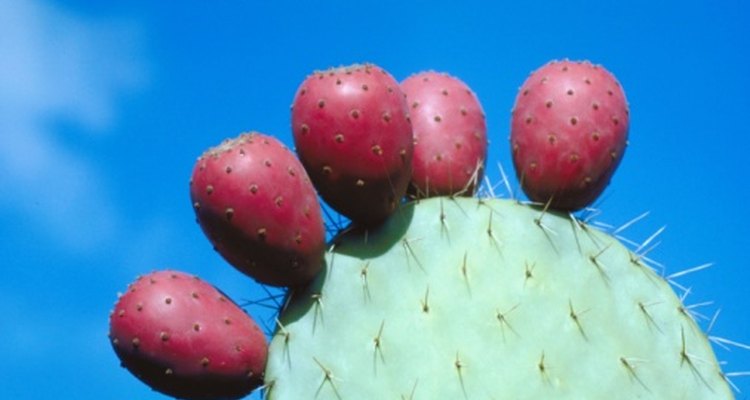
The fruit and pads of the prickly pear cactus, or nopal, have been available in American markets for some time, and have become familiar to aficionados of Mexican food. In recent years another cactus fruit has begun to make its way north as well. Called Xoconostle after the place of its origin, the fruit is somewhat easier to handle than the prickly pear because the seeds are gathered in a single group in the middle of the pale-yellow flesh. The flavor of the fruit is strongly acidic and refreshing, and it is used in many ways.
Chew dried, salted strips of Xoconostle as a snack food, or enjoy them as an accompaniment to Margaritas or shots of tequila.
Seek out Xoconostle paste, a New World equivalent to Spain's famous quince paste known as membrillo. Serve it in the same way, with Manchego or a similarly mild, nutty cheese.
Eat sweetened Xoconostle leather, like any other leather, as a healthy fruit snack.
Char the Xoconostle on a grill or in a cast-iron skillet, then peel and seed them. Puree the fruit with roasted garlic and roasted guajillo chilies, to make a tart salsa. Season lighty with salt until the flavors are balanced.
Roast tomatillos, Xoconostle, jalapenos, garlic and onions. Peel the tomatillos, and peel and seed the Xoconostle. Mash everything coarsely in a molcajete, or pulse it to a coarse texture in a food processor, to make a fresh-tasting salsa.
Simmer strips or chunks of Xoconostle fruit in light sugar syrup, and use them as a tart foil for rich foods such as duck breast or foie gras.
Stew chunks of Xoconostle with pork and vegetables to make a traditional stew called mole de olla, or "mole in a pot."
Related Articles

How to Make Meat Tender With Fruit

How to Cook Agar-Agar Jam

How to Cook Strawberries

How to Prepare a Guava

How to Make Fish Taco Sauce

How to Make Carob Juice
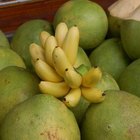
Foods From Rainforest Plants

How to Eat a Kiwano Horned Melon

How to Grill Chayote Squash

How to Make Melon Ice Cream
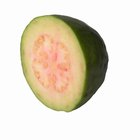
How to Peel Guava

How to Make Soursop Juice
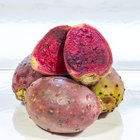
How to Make Prickly Pear Juice

How to Make a Fruit Reduction

How to Make a Sweet Saunf Mixture at ...
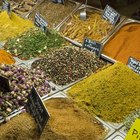
Afghan Spices

Ways to Eat Kidney Beans

Fruits or Vegetables Starting With X

Daisy’s Guacamole Recipe
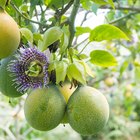
How to Eat a Maypop When Ripe
References
- "The Essential Cuisines of Mexico"; Diana Kennedy; 2000
- The Tasting Table; Strip Search: A New Snack to Have with Your Margarita; October 2010
Tips
- Xoconostle fruit are powerfully sour, but make excellent preserves in sugar syrup. They can also be cooked out for juice, and either jellied or used to make a syrup for drizzling over desserts.
Writer Bio
Fred Decker is a trained chef and prolific freelance writer. In previous careers, he sold insurance and mutual funds, and was a longtime retailer. He was educated at Memorial University of Newfoundland and the Northern Alberta Institute of Technology. His articles have appeared on numerous home and garden sites including GoneOutdoors, TheNest and eHow.
Photo Credits
Jupiterimages/Photos.com/Getty Images